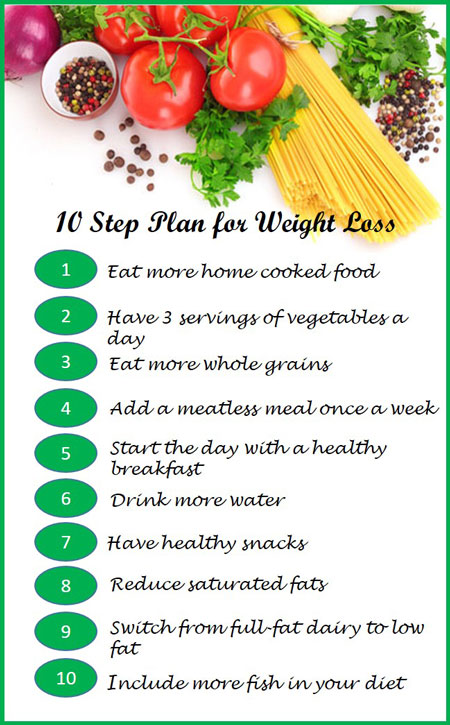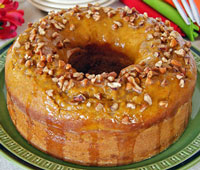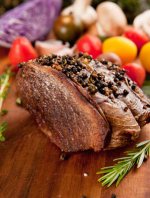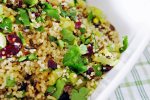Healthy Eating to Lose Weight – Tips for Weight Loss
We all know the basics for healthy eating. We’ve all heard about the food pyramid, the healthy eating plate and so forth. Healthy eating to lose weight is really about following these basic guidelines.
But
sometimes knowing and doing are two different things. Changing our
habits and eating patterns is not always that easy. It means changing
our shopping habits, eating different foods, changing the way we cook
and sometimes convincing the rest of the family that healthy foods can
taste delicious.
So we have
devised an easy 10 step plan to assist you. Start by making one change
at a time. If you try to implement all the steps at once you are
doomed to failure. Change takes time. By breaking it down into small
steps that are achievable, we are much more likely to succeed.
Healthy eating to lose weight is not about fad dieting or quick weight loss, but about gradually changing our eating habits over time so that we gradually lose the weight and keep it off.
Follow these 10 Easy Steps and Eat to Lose Weight
1. Eat more home cooked food – Get re-acquainted with your kitchen.
The only way to truly know what you are eating is to cook it yourself. However, that is not always possible for busy moms who work long hours or drive kids to and from sport.
One solution is to cook large batches of food and freeze it. Admittedly this takes some planning, but if you are cooking anyway, it’s just as easy to cook extra for freezing. Foods that freeze well are soups, lasagnas and casseroles.
In the warmer months salads are a very quick and easy solution. Bags of pre-packaged salad leaves are readily available. Mix with a simple vinaigrette, chopped vegetables, fruits, nuts or legumes and you have a complete meal prepared in minutes.
2. Increase the amount of vegetables in your diet. Eat 3 servings of vegetables every day.
Vegetables are definitely the unsung food heroes but getting sufficient isn’t always easy. Half our plate should be filled with fruits and vegetables, a quarter with grains and the last quarter with protein such as meat, chicken or fish. But the fact is most of us don’t eat anywhere near that amount.
An easy way to eat our veggies is to add them to soups, stews and casseroles. In fact adding them to these dishes is a great way to increase their bulk and make them go further.
They can be piled onto pizzas, stuffed into sandwiches, added to salads, eaten raw with dips and even used in baking.
3. Eat more whole grains
When left whole, grains are full of protein, fiber, complex carbohydrates, vitamins and antioxidants, many of which are stripped away during the refining process. Ideally we should be eating three servings of whole grains a day.
You might think that getting three servings a day is not achievable, but it’s simply a matter of substitution. Use whole grain bread, pitas or tortillas. When baking, substitute half the white flour with whole wheat-flour. When shopping look for whole grain cereals.
Substitute white rice for brown rice. Although brown rice tends to have a very different flavor and texture to white rice. Changes such as using brown rice and whole-wheat pasta may have to be introduced gradually.
4. Add a meatless meal one day a week.
We don’t need to eat meat every day. In fact we should only eat red meat three times a week. There are plenty of other ways of getting our protein. Meatless meals can very be easily based around beans, lentils, nuts and whole grains.
Pasta dishes, lasagna, risotto, pizza, vegetable chili, stews and casseroles can all make substantial meals that are so tasty your family will never miss the meat.
5. Start every day with a healthy breakfast
Breakfast is the most important meal of the day. A healthy breakfast sets you up energy-wise for the rest of the day. Skip breakfast and you will be hungry by mid-morning and likely to reach for the nearest candy bar or send you running to the nearest coffee shop for a pastry. Studies show that people who skip breakfast are twice as likely to be overweight compared to those who eat breakfast.
A healthy breakfast doesn’t have to be elaborate or time consuming. Something as easy as a smoothie, a fruit muffin or a bowl of cereal topped with fruit and yogurt will do.
Another great breakfast idea is to use last night’s leftovers. More healthy breakfast ideas.
6. Drink more water
If you are thirsty the best thing to drink is water. Not only does our body need it, but it contains no calories. The next best thing is freshly made fruit juice. Freshly squeezed juice contains all the goodness of the fruit except for the fiber.
If purchasing fruit juice, read the labels carefully and look for one that says “100% pure” or “reconstituted”. Many fruit juices contain less than 25% real juice with added sugar. Other fruit flavored beverages and soft drinks contain large amounts of sugar and flavorings. Research has shown that individuals who consume large amounts of soft drinks are at risk of excessive weight gain.
7. Switch to healthy snacks and ditch the cookies, cakes and donuts
Healthy eating to lose weight doesn’t mean giving up snacks, it just means making healthy choices. But this is probably the hardest habit for people to change. How many of us, when feeling hungry and in need of a snack, reach for the cookie jar rather than a piece of fruit.
It’s also probably the area where there is the most confusion. The supermarket aisles are filled with snack bars, muesli bars and fruit bars all claiming to be healthy. But many of these have high levels of fat, sugar and salt.
To avoid any snacking pitfalls, munch instead on pretzels, fruit muffins, low fat dips with vegetables, microwave popcorn, rice crackers, yogurt and fresh fruit.
8. Reduce saturated fats – eat healthy fats instead
A common myth is that all fats are bad. But the fact is we need a certain amount of fat for our bodies to function properly and remain in good health. It is the type of fats we eat that makes the difference. It is important to understand the different types of fat if we are to make good choices.
Unsaturated fats fall into two categories: polyunsaturated and monounsaturated. These fats provide many of the essential fatty acids necessary for good health and can in fact help lower cholesterol. Foods such as avocados, vegetable oils such as olive, canola and sunflower oil, fish, soybeans, nuts and seeds all contain healthy fats.
Saturated fats are found in meat such as lamb, pork and beef, poultry skin, whole milk, cheese, butter, bacon, coconut, coconut oil and palm oil. Eat these foods in moderation only. The American Heart Association advises limiting saturated fats to about 7%, or 15 grams, of your total daily calorie intake. To put that into perspective a 3 ounce piece of steak contains about 10 grams of fat.
Trans fats are produced when liquid oils are processed into solid shortenings and are found in some margarines, vegetable shortenings and partially hydrogenated vegetable oils. It is the trans fats found in processed foods that should be avoided and they are found in most commercial bakery products, snack foods and deep-fried foods.
9. Switch from full-fat dairy products to low fat
While dairy foods are an essential part of any diet, items like butter, cream and full-fat cream cheeses are high in saturated fat. So reduced fat dairy foods are the healthy alternative. Products such as skim milk, low fat yogurt and sour cream can be successfully substituted in recipes.
Cheese is a bit more of a problem. It is possible to find reduced fat cheddars, but these still contain more fat than cottage cheese and ricotta. Other cheeses such as brie, camembert and blue-vein are high in fats. Also low fat cream cheeses can’t always be substituted successfully when making cheesecakes and other desserts.
10. Include more fish in your diet
Current dietary guidelines recommend we eat two servings per week of fish. It contains very little saturated fat, protects against heart disease, stroke and some forms of cancer, reduces blood pressure and controls inflammation. While fresh fish can be expensive, supermarket shelves are well stocked with tuna, salmon and crab packed in cans, tins, glass jars and pouches. These make easy and inexpensive meals.
Healthy eating to lose weight is simply about making healthy choices. It is not about food restrictions, cutting out meals, cutting out certain food groups or any of the other faddy diets.
Home » Healthy Eating to Lose Weight









New! Comments
Have your say about what you just read! Leave me a comment in the box below.